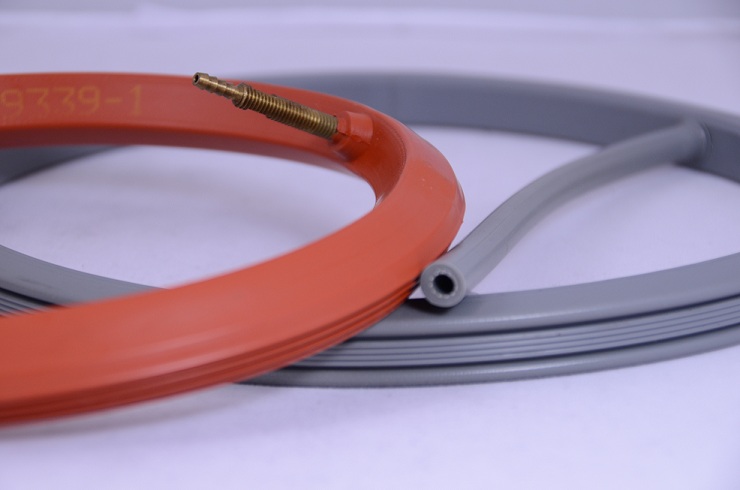An inflatable seal is an elastomeric tube that can be made from a variety of elastomers or fabric-reinforced and custom moulded in a concave, flat, or convoluted shape.
Inflatable seals are intended to round out when inflated, forming a tight barrier between a mounting and a striking surface. This article aims to discuss about the benefits of using the inflatable seals I various purposes of work benefits.
When the inflatable seal is introduced and inflated, it expands to the striking surface, assisting in the creation of a reliable seal capable of preventing liquids and gases from escaping.
Inflatable seals retract to a perfect state
When the inflatable seal is removed, the seal retracts to its deflated state. This contributes to a level of clearance that allows one or both surfaces to move freely. Regulated air is, of course, the most commonly used medium when inflating a seal.
In order to help achieve the optimum operating pressure, the inflatable seals must be inflated in accordance with the application’s specific parameters. Some applications may necessitate the use of liquid to inflate the seals. Of course, the proper seal must be used, but an inflatable seal offers numerous advantages.
The medium is introduced through a stem, which is typically a flexible hose secured to the inflatable seal via an integrally moulded fitting. There are several reasons why an inflatable seal would be preferred over other methods of sealing.
It provides a leak proof seal
When preventing gases or liquids from escaping, an inflatable seal provides a leak-proof seal while also providing clearance when needed. It also simplifies the structure and hardware design while reducing the need for tight machining or fabrication tolerances.
Furthermore, it is not subjected to compression set, which can reduce the effectiveness of other seals. Inflatable seals can be installed in a variety of configurations, including radially in, radially out, and axially.
As a result, inflatable seals are appropriate for specific applications and provide an effective solution for a wide range of problems. They are ideal for moulding to contoured shapes, providing greater flexibility, and can be inflated to meet the specific needs of the manufacturing process.
Pick the right material
When selecting a suitable material for an inflatable seal, each of these requirements must be taken into account. Material is critical to the life of an inflatable seal. Every application is distinct. Pressure, temperature, abrasion, and chemical resistance are all requirements for an inflatable seal.
Consider Evans, who resides in California, where winter temperatures can reach -50° C. In the winter, he wants to seal his garage to prevent heat loss. In this case, John’s material choices are Silicone, NBR, and Fluorosilicone.
Why do people prefer using silicon?
Silicone is the best material to use in this situation. Silicone is a relatively inexpensive material that can withstand low temperatures. It is extremely resistant to the elements.
Contact a reliable inflatable seals manufacturer!
As a result, inflatable seals are appropriate for specific applications and provide an effective solution for a wide range of problems. They are ideal for moulding to contoured shapes, providing greater flexibility, and can be inflated to meet the specific needs of the manufacturing process.
Speak to the top inflatable seals manufacturer to avoid any kind of miscommunication.

